五人囃子と左大臣・右大臣、仕丁【about Hina dole】vol.2

上から五人囃子と左大臣・右大臣、仕丁です。
五人囃子:舞や踊りの際に楽器を奏でる五人です。
能の囃子を表しており、向かって左から、太鼓、大鼓、小鼓、笛・・と音の大きい順に並んでいるのが一般的ですが、地域や家庭によってさまざまです。
In this photo, you can see five men on the top step.【Gonin Bayashi】
They play the instruments, usually on the left men has a drum making biggest sounds and to left little by little.
随身(左大臣・右大臣):内裏の護衛役の二人です。
並びは左側(向かって右)にひげをたくわえた年配の随身、右側(向かって左側)に若い随身を置きます。
右手に矢、左手に弓、腰に刀を差し、背中に矢を背負っています。冠の纓(えい)は本来丸まっているものですが、内裏と同じように伸びているものも多いです。
顔の横においかけという装飾があります。
On the next step, the two men are guards. The right is an old man with a long white beard, and the left is a young man.【Sadaijin,Udaijin】
They have arrows in the right hand, have a bow in the left hand, wear swords at their side, and arrows on their back.
仕丁:内裏の身の回りの雑用をする三人です。表情が笑い上戸、泣き上戸、怒り上戸の三種類あるのが一般的です。喜怒哀楽のある人生を送れるようにという思いが込められているといわれています。
(私は小さい頃、家でおひな様を出すたびに、泣いている人と起こってる人がいる、なぜ?と思っていましたが、こういうことだったんですね)
持ち物は左から台傘、沓台、立傘です。これは天皇の巡幸の姿を表しています。もしくは熊手、塵取り、ほうきをもっています。これは御所の掃除をしている姿です。
On the next step, the three men work for the marriage couple.【Shicho】
They has a lot of expression, laughing, angry,and crying. It is said to have a life for a fot of exoression.
(When I was a child, I wonder why they are crying and angry. I know it now!)
If they have umbrellas and a shoes stand, it shows the emperor’s visit around the country.
If they have a bamboo rake, a dustpan and a broom. It shows cleaning an Imperial Palace.
akane.y
※解説は須坂市「世界の民俗人形博物館」参照。英訳:吉澤
写真は一枚目は長野市清野保育園のおひな様、あとの二枚は「世界の民俗人形博物館」のものです。
※「世界の民俗人形博物館」内はひな人形のみ撮影可。
三十段千体おひな様 須坂市
おひな様の昨今 昭和初期〜平成
菱餅、桜橘、牛舎・御駕篭(おかご)【about Hina dole】vol.3
内裏びなと三人官女【about Hina dole】vol.1
おひな様の昨今 昭和初期〜平成
ちらし寿司【ひな祭り】
三十段千体おひな様 須坂市
内裏びなと三人官女【about Hina dole】vol.1
おひな様の昨今 昭和初期〜平成
ちらし寿司【ひな祭り】
三十段千体おひな様 須坂市











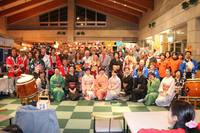

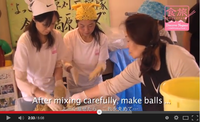








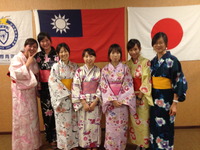
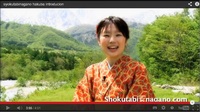


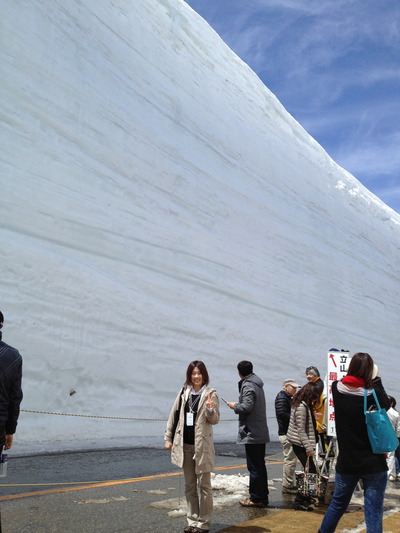
 4月18日食旅☆nagano.com発足総会の様子(長野大学前川先生の記事より)
4月18日食旅☆nagano.com発足総会の様子(長野大学前川先生の記事より)
